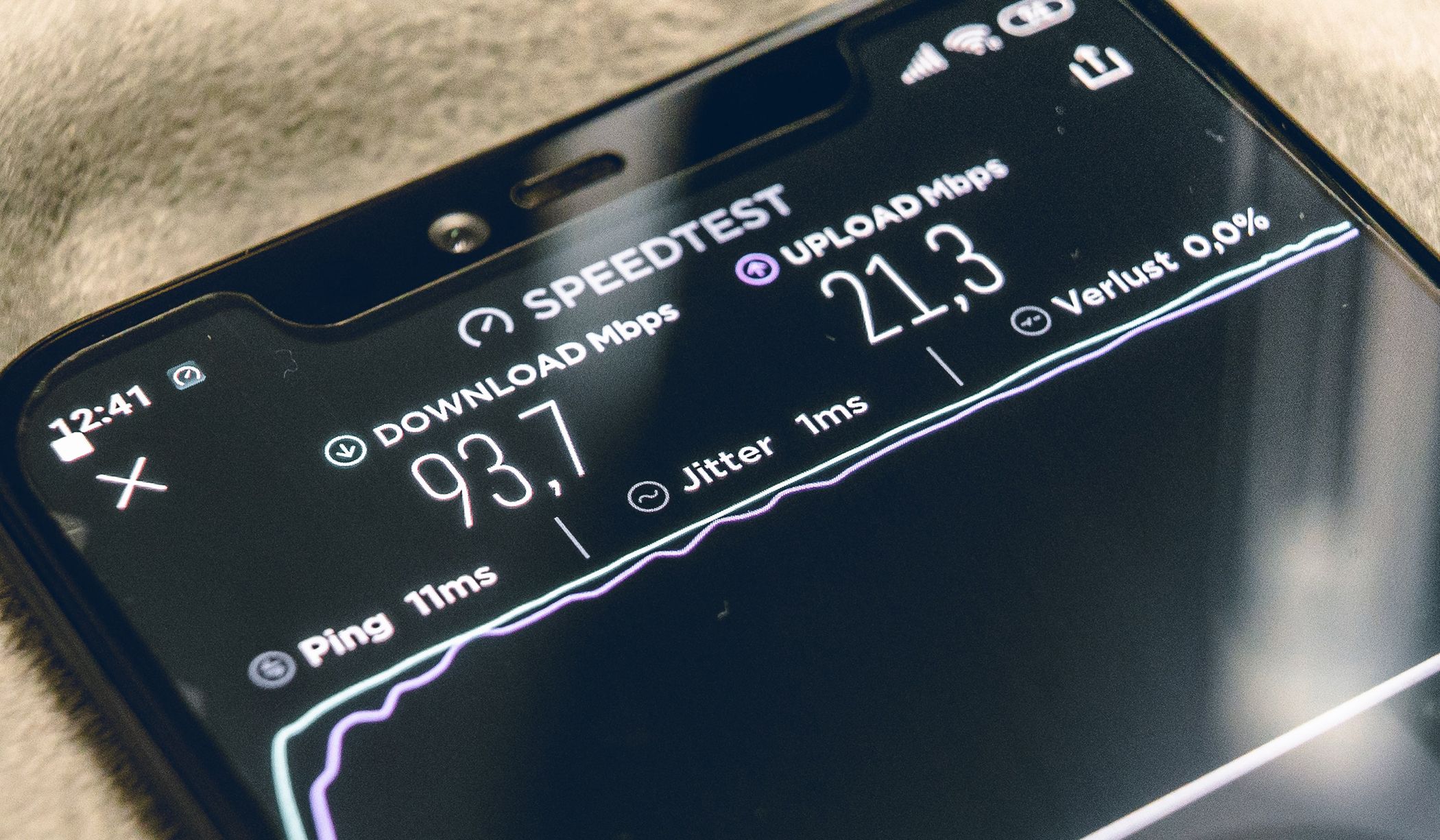Ministry from home – 5 tips to strengthen your internet connectivity
Church leaders are reliant on the internet more than ever before. Just as a static cell connection disrupts a conversation, poor internet connectivity can disrupt ministry. Here are five tips for improving your internet service.
1. Connection
During this season when we’re so internet reliant, you should be paying for a connection that is running at 100 Mbps for a download and at least 5 Mbps for uploading. This speed is good for two-three people in a home. However, if someone in your family plays a lot of video games or if you have teenagers in your home, you’ll likely need a higher rate.
If you don’t want to pay for a higher connection speed, you may need to have a conversation with others in your home about who can be using the internet for what purposes and when. For example, no video games if someone’s on a Zoom call.
You may also want to check if your cell phone has better connectivity than your router. Run a speed test to see what your download and upload speeds are currently. Ookla offers an app called Speedtest that allows you to quickly see your performance metrics. You can find it at www.speedtest.net

2. Negotiate
If you’re looking to increase your connectivity rate, but the price that your internet provider is advertising seems too steep, call and negotiate. It’s important to note that kindness and patience goes a long way with these negotiations. Let the provider know that you’re not interested in a year-long contract. Ask what they can do for you on a month-to-month basis. If the representative isn’t willing (or able) to negotiate, call back later and talk to another rep.
3. Router Location
Make sure your router is elevated up off the floor. It should be at least at desk-level, or in a bookcase, and away from walls and windows. The higher you go, the more coverage you’ll get.
The exception is if it’s located on the second floor in a home, then place it on the floor so the signal reaches the first floor as well as the second. Point the antennas upwards. If you need your whole home to have access to Wi-Fi, place the router in a central location. Think about your router as a radio; the closer you are, the better you can hear the signal.
4. Router Age
If you’re having trouble with your internet service, check the age of your router. It should be manufactured in the last three years. The standard these days is 802.11N but an 802.11ac will still serve its purpose.
For more information on router age, click here https://www.lifewire.com/802-11n-wireless-network-818281
5. Cables
Double-check all your ethernet and cables. Sometimes a loose link is all it takes to muck up your connection. Check to make sure you’re using a Cat 5e or Cat 6 cable to connect to your router. If you’re using Zoom a lot, consider using a cable instead of Wi-Fi. You’ll get a stronger, steadier signal. A good cable will cost about $30-$40.
A couple of websites that offer decent prices on cables:
- Monoprice.com is great for cheap cables.
- Swappa.com for used computers and iPads
- Backmarket.com sells refurbished electronics
- Mycablemart.com is located in the Twin Cities, if you’re looking to buy local
If you’re interested in reading more, these articles go more in-depth:
- A very practical article (a bit on the technical side) that helps you compare internet services: fiber, cable, DSL, dial-up, fixed wireless LTE (common in rural settings), satellite or 5G: https://www.cnet.com/how-to/best-internet-providers-for-2020-cable-dsl-satellite-more/
- This article addresses how to boost your Wi-Fi signal by changing channels on your router, plus more ideas: https://techxplore.com/news/2020-04-boost-internet-home.html
Next week, we’ll explore what equipment you need for streaming various church gatherings and meetings.
Many thanks to Tony Ducklow and Matt Aalseth for their contributions to this article. Tony Ducklow runs Church Wrench, which helps churches with their online streaming services. You can find him here: https://youthministryland.com. Matt Aalseth is the Director of Youth Ministry for the Pacific Southwest Conference and an internet technology guru.